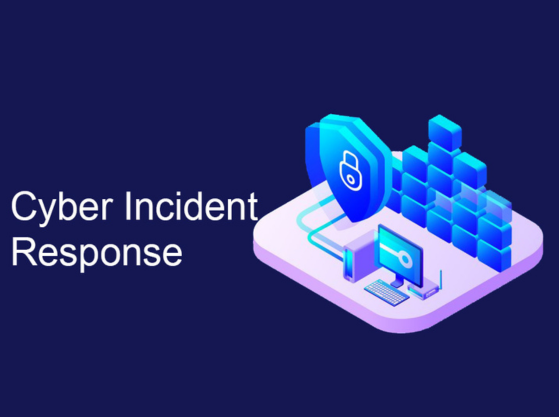In today's digital era, cyber incidents pose a significant threat to businesses worldwide. Cyber incident reporting is the systematic process of collecting, documenting, and communicating information related to security breaches, unauthorized access, data breaches, and other cybersecurity incidents. It serves as the foundation for effective incident management, enabling organizations such as CERTS, CSIRTS, and SOCs to identify, assess, and respond to threats promptly and efficiently. In this comprehensive exploration, building upon our previous blog post where we discussed the fundamentals of cyber incident management, we'll delve into the intricacies of cyber incident reporting and how modern solutions simplify and enhance this critical process.
- Understanding Cyber Incident Reporting: Cyber incident reporting involves capturing and documenting essential details about cybersecurity incidents. This includes identifying the type and severity of the incident, the affected systems or assets, the timeline of events, and any potential impact on operations or data security. Effective reporting is essential for initiating a coordinated response and mitigating the risks associated with cyber threats.
- Challenges of Manual Reporting Processes: Traditional approaches to cyber incident reporting often rely on manual processes, which can be inefficient and prone to errors and misreporting. Siloed data, disparate reporting tools, and the lack of standardized procedures can lead to delays in incident response and hinder communication among stakeholders. Moreover, manual reporting processes may lack scalability and struggle to keep pace with the rapidly evolving threat landscape.
- Solutions for Streamlining Cyber Incident Reporting: Modern solutions, such as centralized incident management platforms, offer a more efficient and streamlined approach to cyber incident reporting. These platforms provide a centralized repository for incident data, allowing organizations such as CERTs, CSIRTS, and SOCs to consolidate information from various sources and gain real-time visibility into the status of incidents. Automated workflows, standardized templates, and seamless integration with existing security tools enhance the accuracy and efficiency of incident reporting processes.
- Benefits of Automated Notifications and Real-Time Reporting: Automated notification systems alert relevant stakeholders when a new incident is reported or when there are updates to existing incidents. This ensures that key personnel are promptly informed and can take immediate action to address emerging threats. Real-time reporting and analytics capabilities enable organizations to identify trends, patterns, and areas of vulnerability, empowering them to make datadriven decisions and proactively mitigate cyber risks.
In conclusion, centralized incident management processes play a crucial role in effective cybersecurity practices, enabling organizations to respond swiftly and decisively to cyber threats. By adopting modern solutions like INTRACIS, organizations can streamline their incident reporting processes and enhance their overall cybersecurity posture.
INTRACIS offers a centralized platform that automates workflows, standardizes templates, and integrates seamlessly with existing security tools, enabling organizations to consolidate incident data and gain real-time visibility into their security posture. With INTRACIS, organizations can proactively manage cyber risks, respond rapidly to incidents, and safeguard their operations and data security with confidence.



